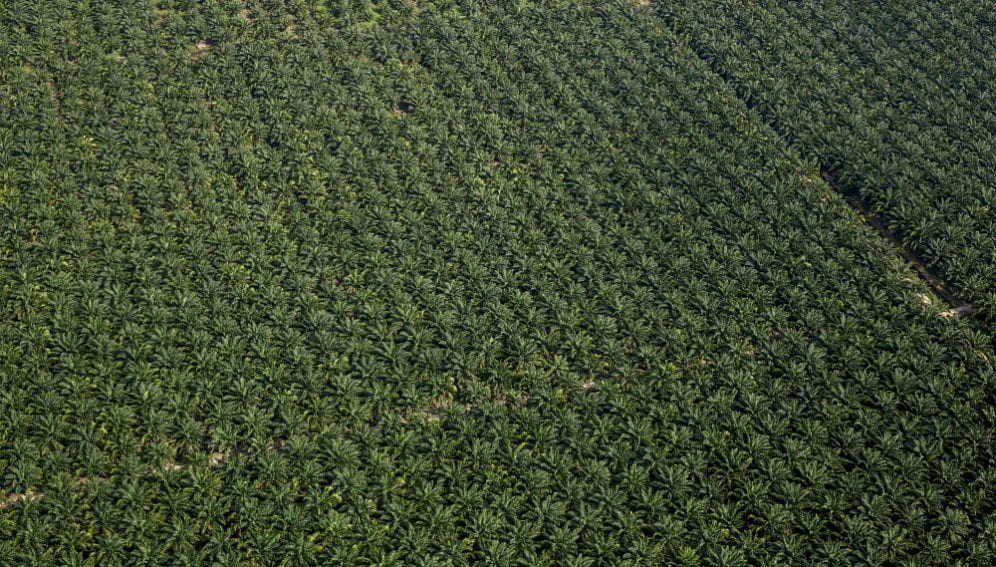By: Natalie Heng
Send to a friend
The details you provide on this page will not be used to send unsolicited email, and will not be sold to a 3rd party. See privacy policy.
[KUALA LUMPUR] Scientists who solved the mystery of why prized oil palm clones end up with drastically reduced yields are developing a simple leaf-based test to identify abnormal clones early and weed them out.
The team explained in a study published in Nature last week (9 September) that although cloned palms are genetically identical to their high-performing parent, they often produce shriveled, oil-barren fruits because of epigenetic mutation in mantled or abnormal genes — which they playfully dubbed “bad karma”.
Robert Martienssen, co-author of the study, tells SciDev.Net their findings mark the culmination of ten years of collaborative research between the United States-based biotechnology company Orion Genomics and the Malaysian Palm Oil Board (MPOB), a Malaysian government agency.
“Research on the topic goes back more than 20 years worldwide,” he adds.
“We envision the discovery of the mantled gene to be the next game changer that will transform the oil palm industry.”
By Meilina Ong-Abdullah, research officer at MPOB
The fear of mantled fruit has held back an otherwise promising technique developed in the 1980s known as tissue culture clonal propagation, which was shown to increase productivity by 20-30 per cent.
The catch is that mantled traits are only apparent when the plant reaches maturity six years after planting. While quality control measures have significantly reduced the rate of mantled clones from affecting as much as 30 per cent of crops in the early days of tissue culture, about 2 per cent of roughly 5.3 million hectares of planted area today are made up of these oil palm clones.
“Currently, the use of clones in the field is mainly dominated by bigger planters who have good tissue culture lab facilities and practices. The fear of mantling has hindered smallholders because they may not be in the position to absorb losses from mantled palms,” says the study’s lead author, Meilina Ong-Abdullah, who is also a principal research officer at the MPOB’s biotechnology and breeding centre.
“We envision the discovery of the mantled gene to be the next game changer that will transform the oil palm industry as we can now plant palms with confidence,” Ong-Abdullah tells SciDev.Net.
MPOB has licensed the technology to Orion Genomics, which is currently developing diagnostic methylation tests in the form of a simple leaf-based assay.
“The current assay needs to be simplified further to bring down the cost and enable minimally equipped molecular labs of many industry players to take advantage of the technology,” she adds.
Palm oil production in Malysia has remained stagnant for the past two decades, hovering around 4 tonnes per hectare a year. But Ong-Abdullah says that if the planted area of clones increases to 10 per cent, this would result in a 3 per cent increase in national average yield, with every 1 per cent equivalent to 1 billion Malaysian ringgit (US$237 million) in revenue for the oil palm industry.
Ong-Abdullah says most industry participants have been “very positive” about the discovery. “It has stirred quite a bit of excitement in the industry.”
This article has been produced by SciDev.Net's South-East Asia & Pacific desk.
References
Nature doi:10.1038/nature15365 (2015)














